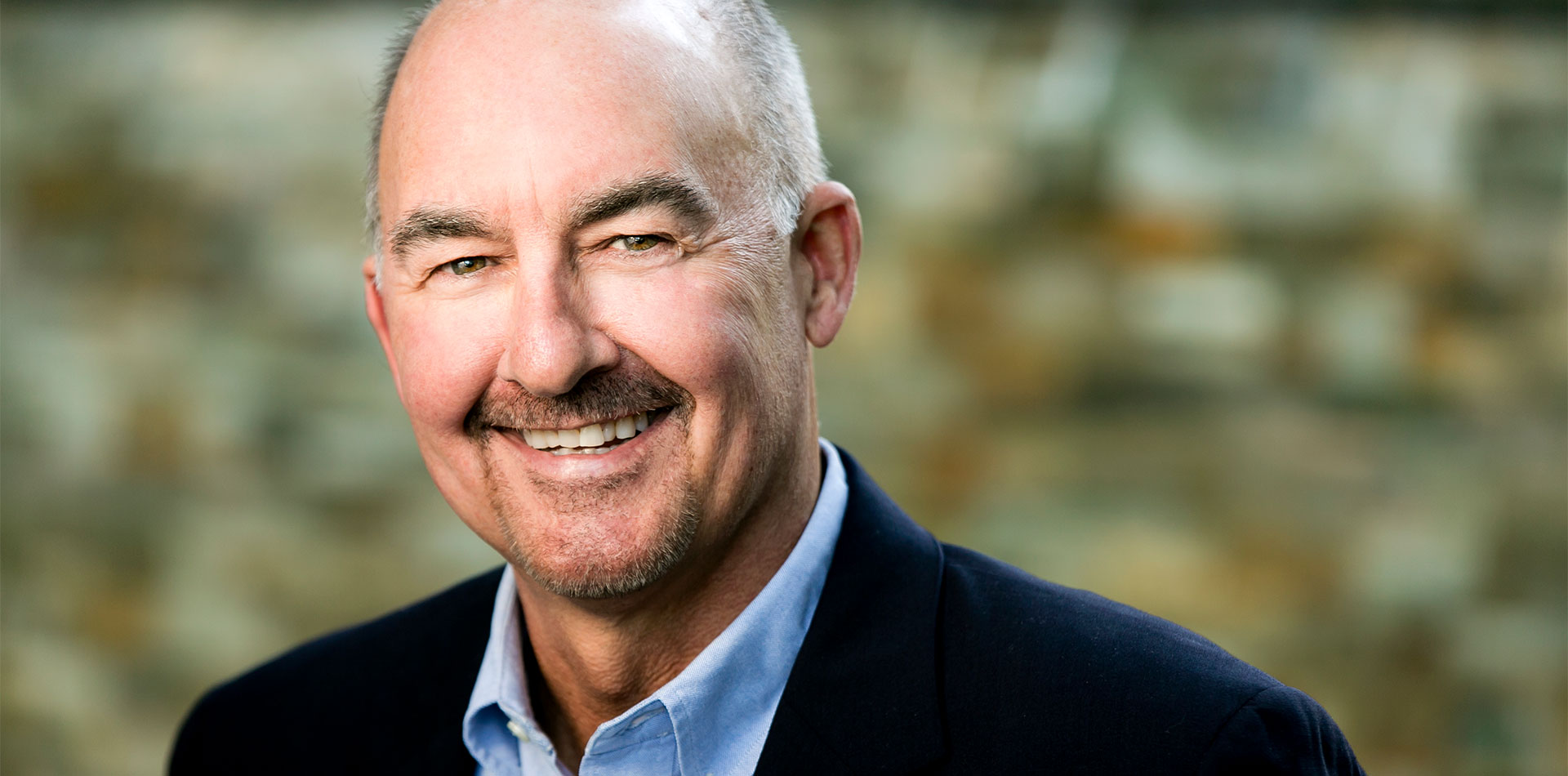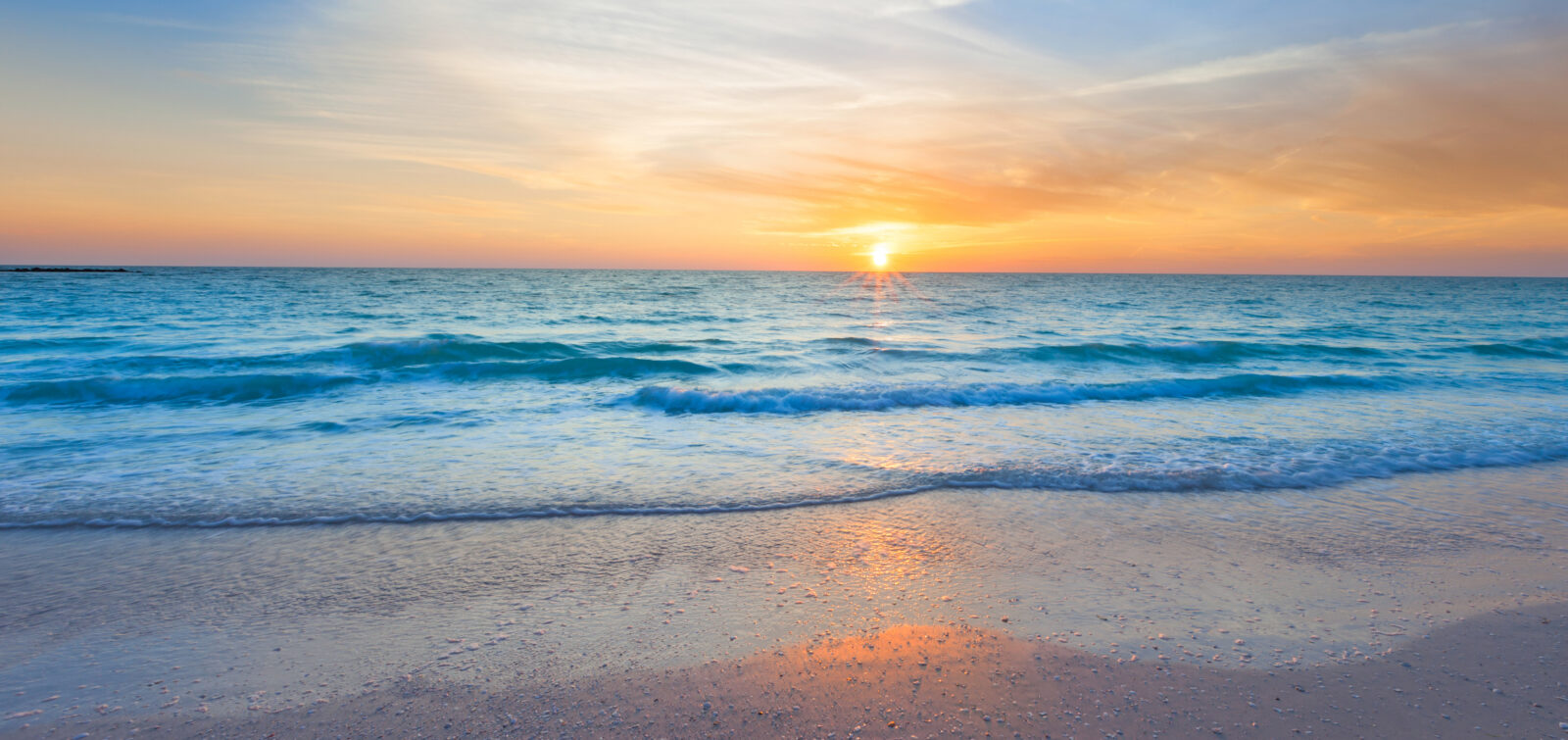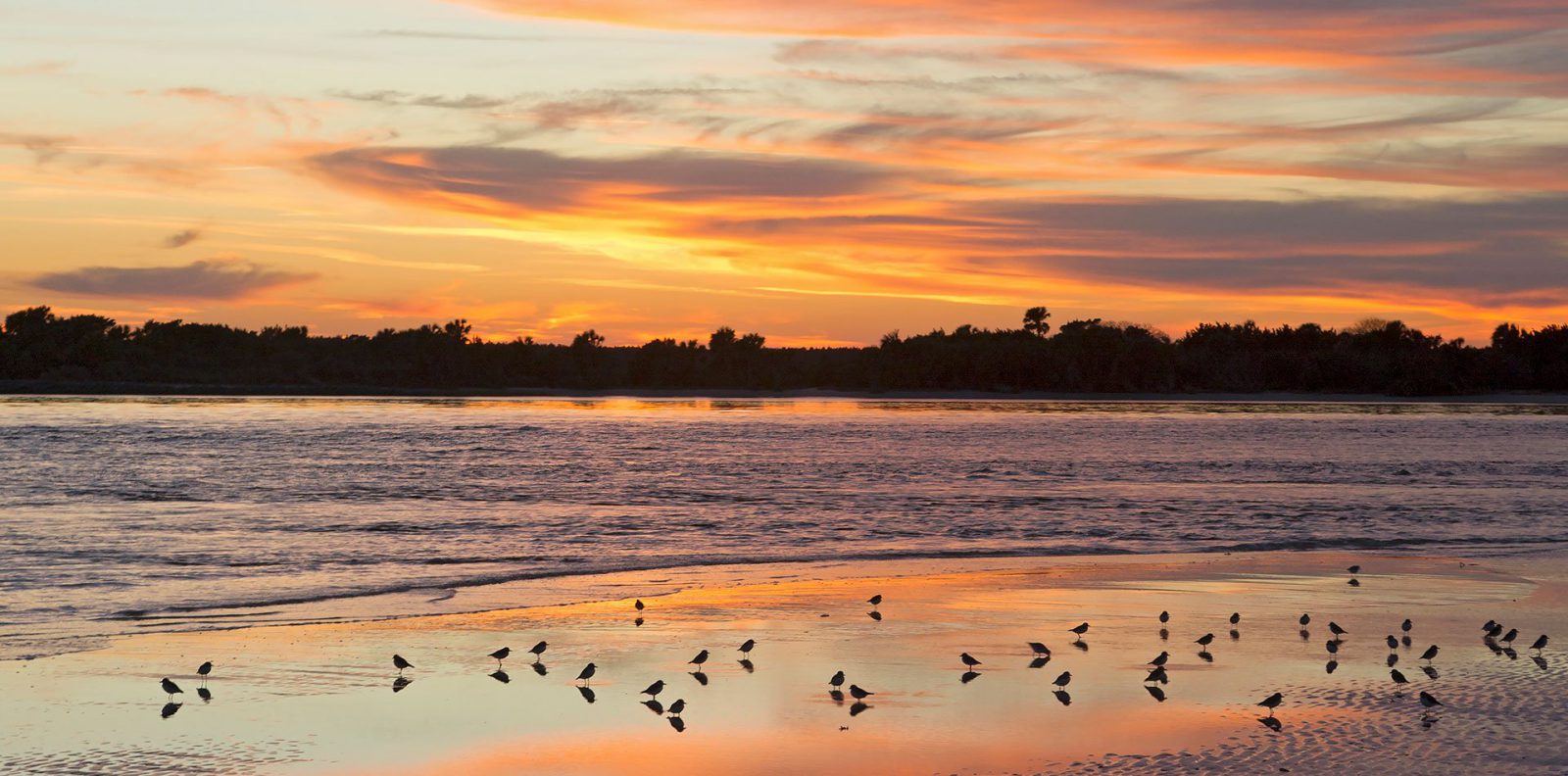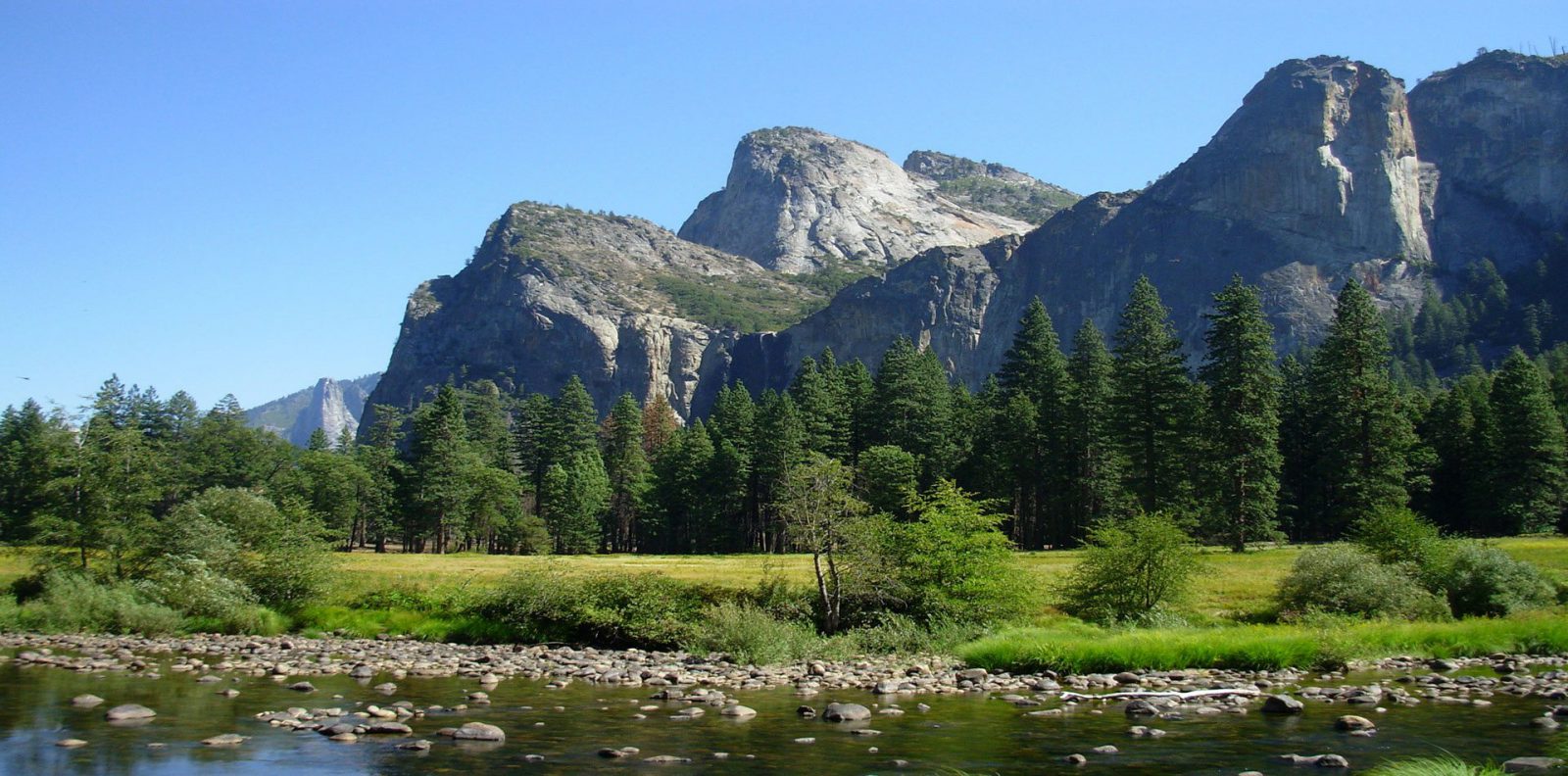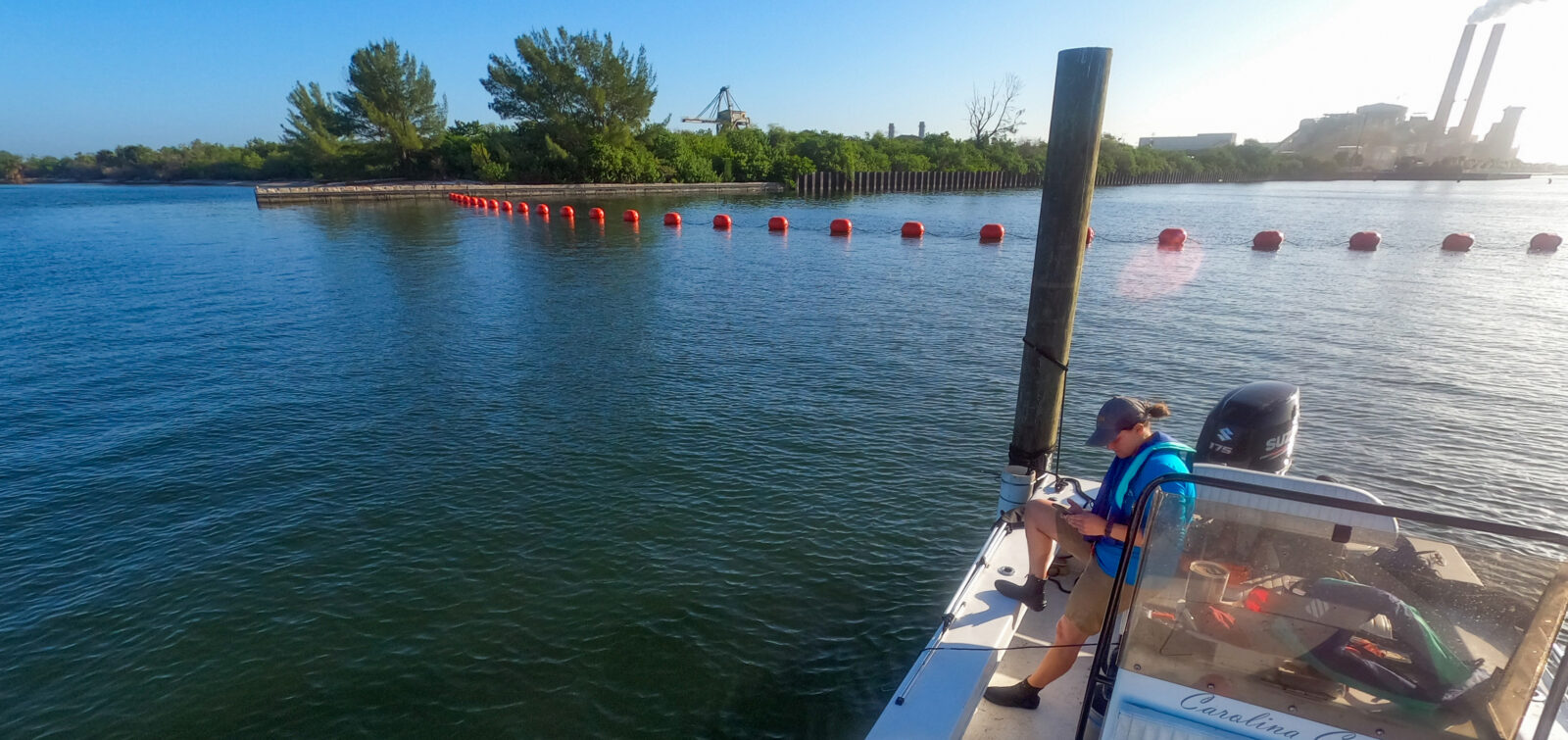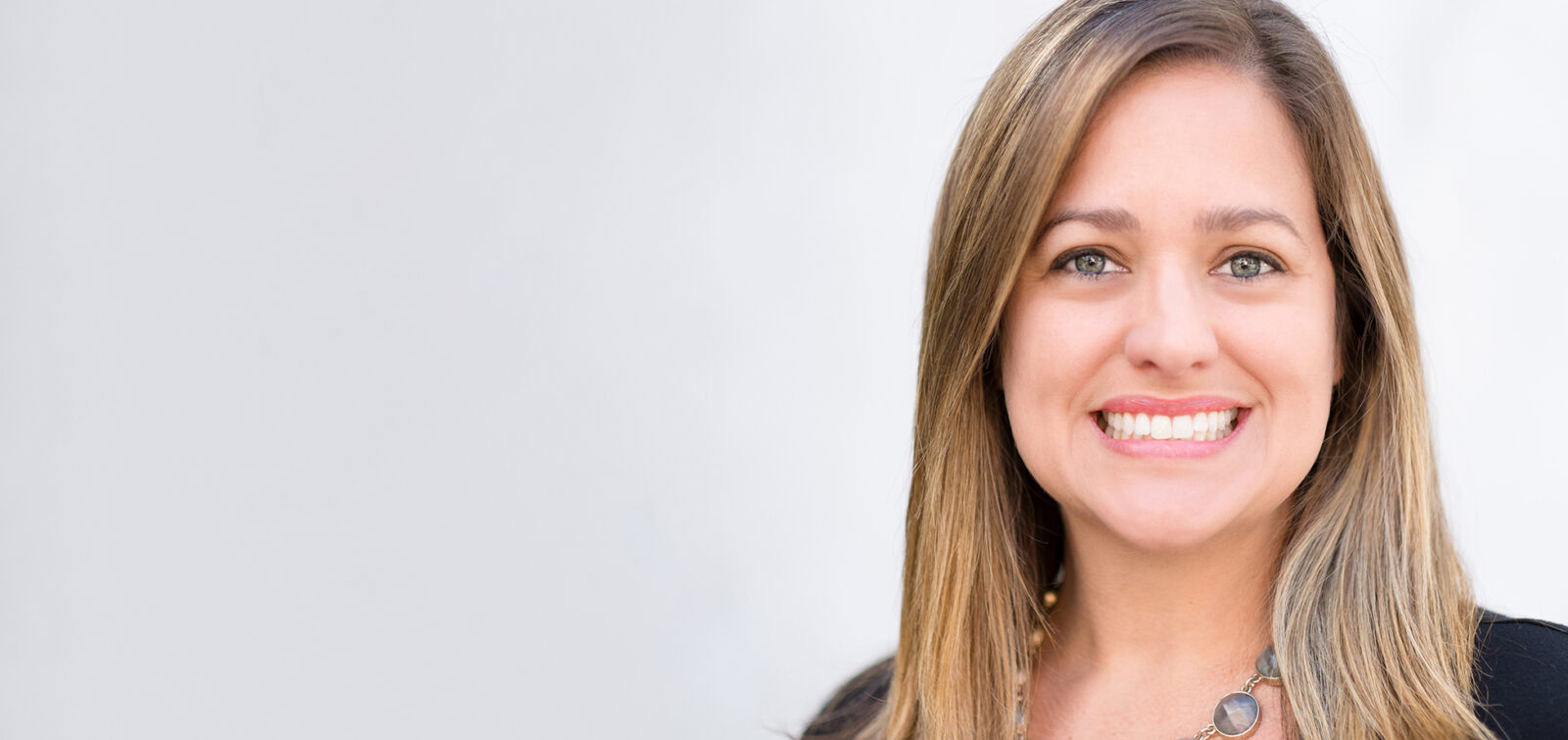As vice president and principal associate in ESA’s Southeast Biological Resources and Land Management group, Doug collaborates with clients to restore ecosystems throughout the Gulf Coast. One of Florida’s first Professional Wetland Scientists, he authored the Tampa Bay Habitat Master Plan, which serves as the template for future habitat restoration and management efforts in this nationally important estuary.
1. What is your favorite ESA moment/memory so far?
Winning the Florida State Expenditure Plan project in 2014. Every big engineering firm had pre-positioned for this project to develop a Florida Gulf coastal plan to utilize $400 million in oil spill money. But ESA – who hardly anyone in Florida had even heard of at that point – beat them all. It’s very satisfying to be the underdog, and then beat out the big dogs.
2. What does it mean to you to be part of an employee-owned company?
It means everything. I have worked at both employee-owned firms and publicly-traded firms, and the cultural differences are huge – really caring about client service and the quality of work our products, and taking the long view instead of focusing only on quarterly profits. Also, when employees feel that the company is committed to them, they reciprocate by being more committed to the company, and this commitment in turn shows in everything we do. I think we should do more to convey this difference to clients in our proposals and presentations.
3. What has been your favorite job in your career and why?
By far and away, working at ESA has been my favorite job. As a consulting scientist, I started my career working at a series of engineering firms where scientists, especially ecologists, were viewed as a kind of an eccentric necessity to be able to “get permits” from the agencies. Working at a true “science” firm has been a wonderful experience! Being able to freely “geek out” with other fellow scientists about ecological minutiae is vastly underappreciated.
4. What keeps you coming to work here at ESA every day?
This is simple – the culture, the people, and the projects. The ESA culture fosters inclusion, creativity, vision, and commitment to our work, our clients, and our communities. This starts with the top leadership and is sustained by our staff. Our culture and our people in turn allow us to compete for the most challenging and interesting projects. We all love to work on cool projects!
5. What is your hidden talent?
Landscape photography. I used to lug around a big SLR when I traveled, and worked on projects. But now I mostly use my IPhone. I’m fully digital now, but my roots are old school. I have dozens of slide projector carousels with thousands of Kodachrome slides that need to be scanned and cataloged someday. This is a retirement project.
6. What’s your favorite thing to do when you are out of the office?
Cycling and kayaking. I love vigorous outdoor exercise and spend a lot of my down time enjoying these two activities. My wife and I are also movie buffs and spend much of our “indoor time” (aka Florida summers) watching Oscar nominated films from the past and present.
6. What are three skills that you bring to the ESA team? In other words, what should colleagues know to reach out to you about?
- Responsibility
- Commitment
- Collaboration
7. What two celebrities would you like to have as parents?
Sean Connery and Ursula Andress
8. Do you have any special talents?
I can juggle.
9. Are you more of a hunter or a gatherer?
Hunter for sure.
10. If you had one free hour each day, how would you use it?
Hanging with our beagle, Bubba.
